How understanding your attachment style could transform your relationship
Getting to grips with your attachment style could have a positive impact on your love life

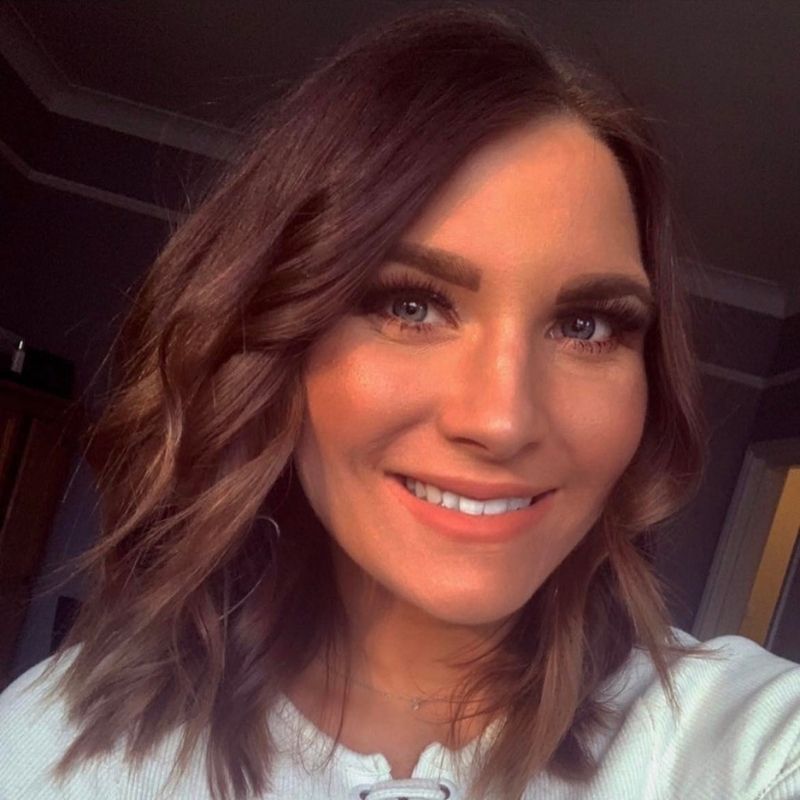
Attachment style—what yours is and how this affects your relationships is probably not something you’ve given much thought to. But, you might have wondered why you feel insecure in your relationships or avoid intimacy with your partner—especially if you haven’t experienced any significant ruptures in your adult relationships, such as infidelity or divorce.
That’s because how we feel and behave with our romantic partners is, in part, the result of the relationship we had with our primary caregivers as infants. This is also known as attachment theory in the field of psychology. Yes—it really does all come back to our parents. But, despite your desire to roll your eyes at this cliché explanation for our complex thought processes and behaviors, you might recognize yourself in one of the four types of attachment styles (and see how this could contribute to the success of your adult relationships).
Intrigued? We’ve asked our experts for the lowdown on the attachment styles to bring you all the answers. So, whether you're newly single and about to sign up to sex apps or the best dating sites for over 50, or looking to improve the dynamics of your marriage, understanding your attachment style may help.
What is the attachment style theory?
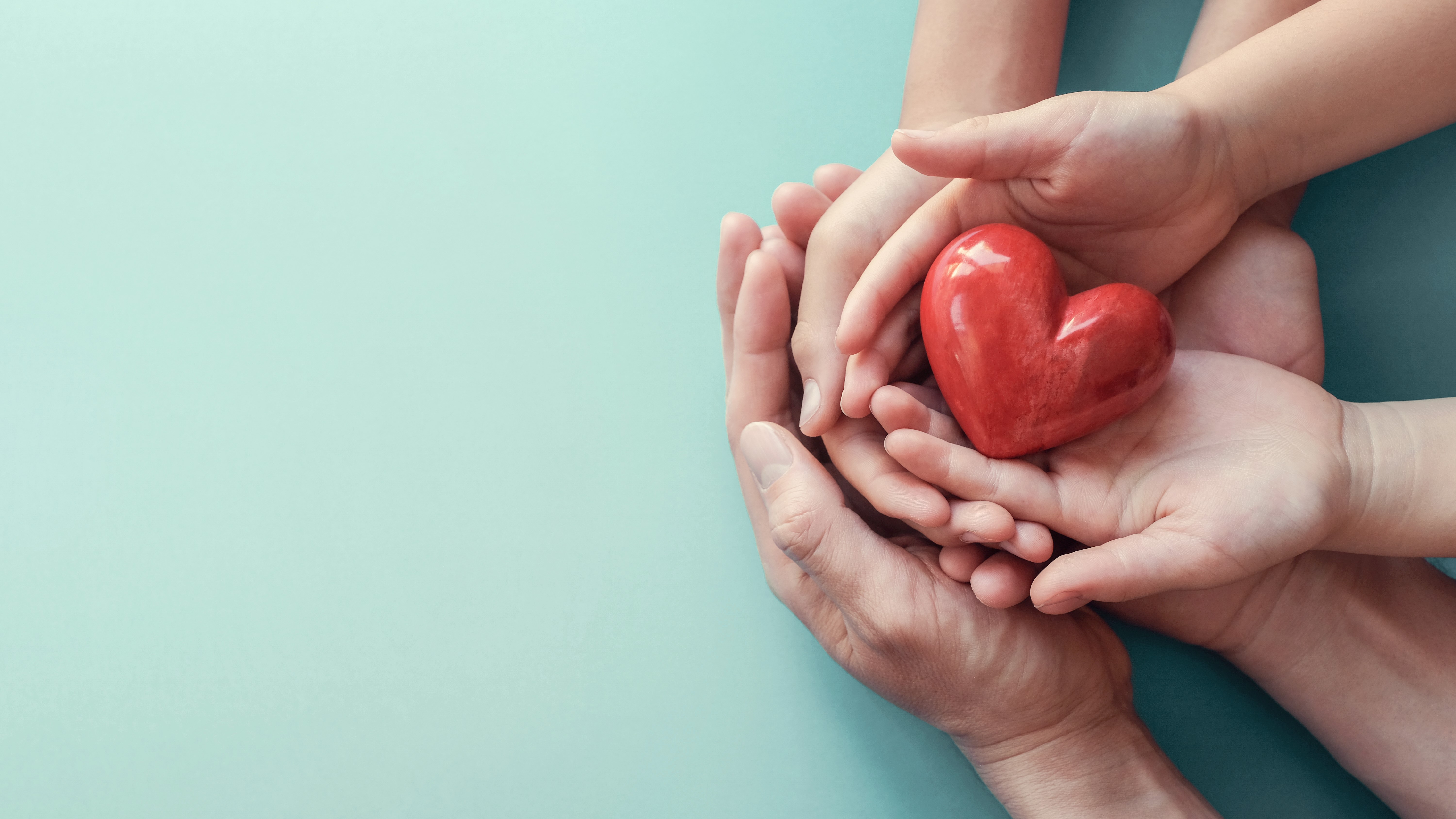
Attachment theory was developed by British psychologist, psychiatrist, and psychoanalyst, John Bowlby in the 1960s. “It says that for [a child’s] social and emotional development, they need to form a relationship with at least one primary caregiver," explains Neil Wilkie, relationship expert, psychotherapist, and founder of The Relationship Paradigm. "This attachment normally develops through four stages from about six months up until the age of about three.”
“It's one of the most prominent theories used to understand romantic relationships,” adds Dr Madeleine Mason Roantree, psychologist, dating coach and director of Relationship Psychology services at The Vida Consultancy. "Our attachment style can influence everything from who we choose as a partner, to how our relationship progresses, and even things such as infidelity and divorce."
How does our childhood affect our attachment style?
Early childhood lays the foundation for how we experience the world throughout our lives. And—just like the foundation of a house—stability is incredibly important. However, as humans, we're able to adapt to our situations and will manage to survive a shaky start. What does happen though, is we create defensive behaviors that allow this survival. And while they might serve us in our childhood, when we bring these (unconscious) thought patterns and behaviors into our romantic relationships, they can be problematic.
"That is the core of attachment theory," says psychotherapist, Audrey Stephenson. "Without a conscious effort to address imbalances and wounds, early relationships with our caregivers form a kind of blueprint for the relationships we have as adults."
Sign up for the woman&home newsletter
Sign up to our free daily email for the latest royal and entertainment news, interesting opinion, expert advice on styling and beauty trends, and no-nonsense guides to the health and wellness questions you want answered.
This is why you might go on to experience issues with intimacy—both emotional and physical. For example, you might have difficulty opening up to your partner and being vulnerable. Or you may even experience problems in the bedroom, such as sexual anxiety. And although investing in couples therapy, such as sex therapy, may help to address these present-day problems, going back and looking at your relationships in childhood is where the real work lies.
Types of attachment styles
There are four types of attachment styles:
- Secure
- Anxious
- Avoidant
- Anxious-avoidant (sometimes referred to as the disorganized attachment)
This is how they are formed and the ways in which they manifest in relationships, according to relationship experts.
1. Secure attachment
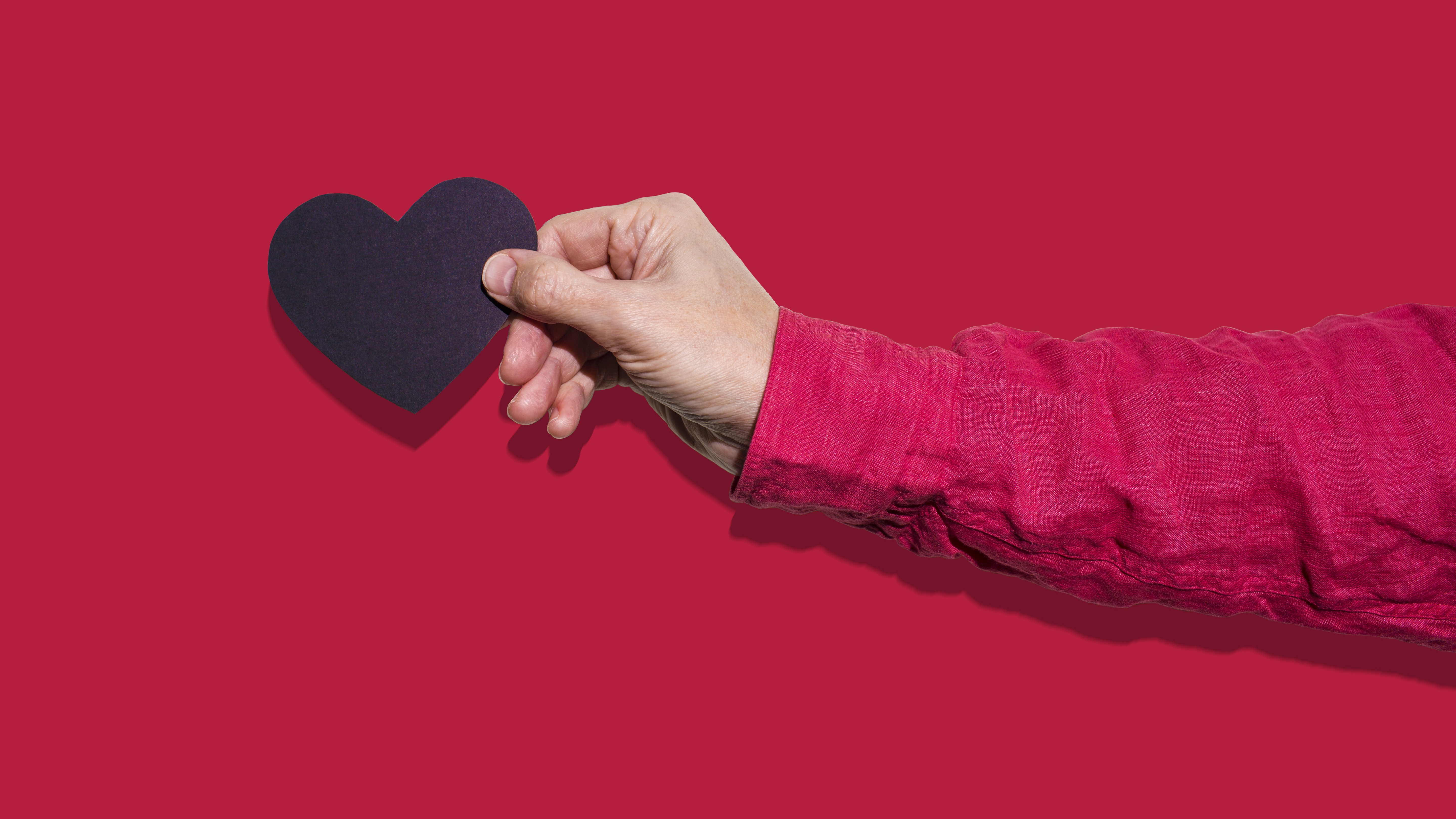
“Having a secure attachment style means that your needs were met in early childhood, or that you have worked hard to get here,” says Wilkie.
These needs include:
Emotional support—such as being soothed when you were upset and being listened to with positive body language and verbal communication to when you expressed how you were feeling.
Security—this means you felt safe and that your basic needs for survival were met such as shelter, food, protection from harm, and medical care.
Unconditional love—being met with love and compassion even when your parents were angry or frustrated with you.
Structure—including rules, limits, and boundaries. This helps a child predict how an adult will behave, and how to behave themselves.
Common attributes of those with a secure upbringing are:
- You seek and exhibit emotional closeness to others—you're able to establish emotional intimacy and you know how to build trust in a relationship.
- You're comfortable with being alone—but you're also comfortable in a relationship.
- You have a positive self-image—a strong sense of self, and healthy self-esteem.
- You're warm and straightforward with others—and able to open up about your feelings.
- You're comfortable with mutual dependency—you like being able to rely on others and have others rely on you.
- You're aware of your emotions—and can easily express them.
2. Anxious attachment
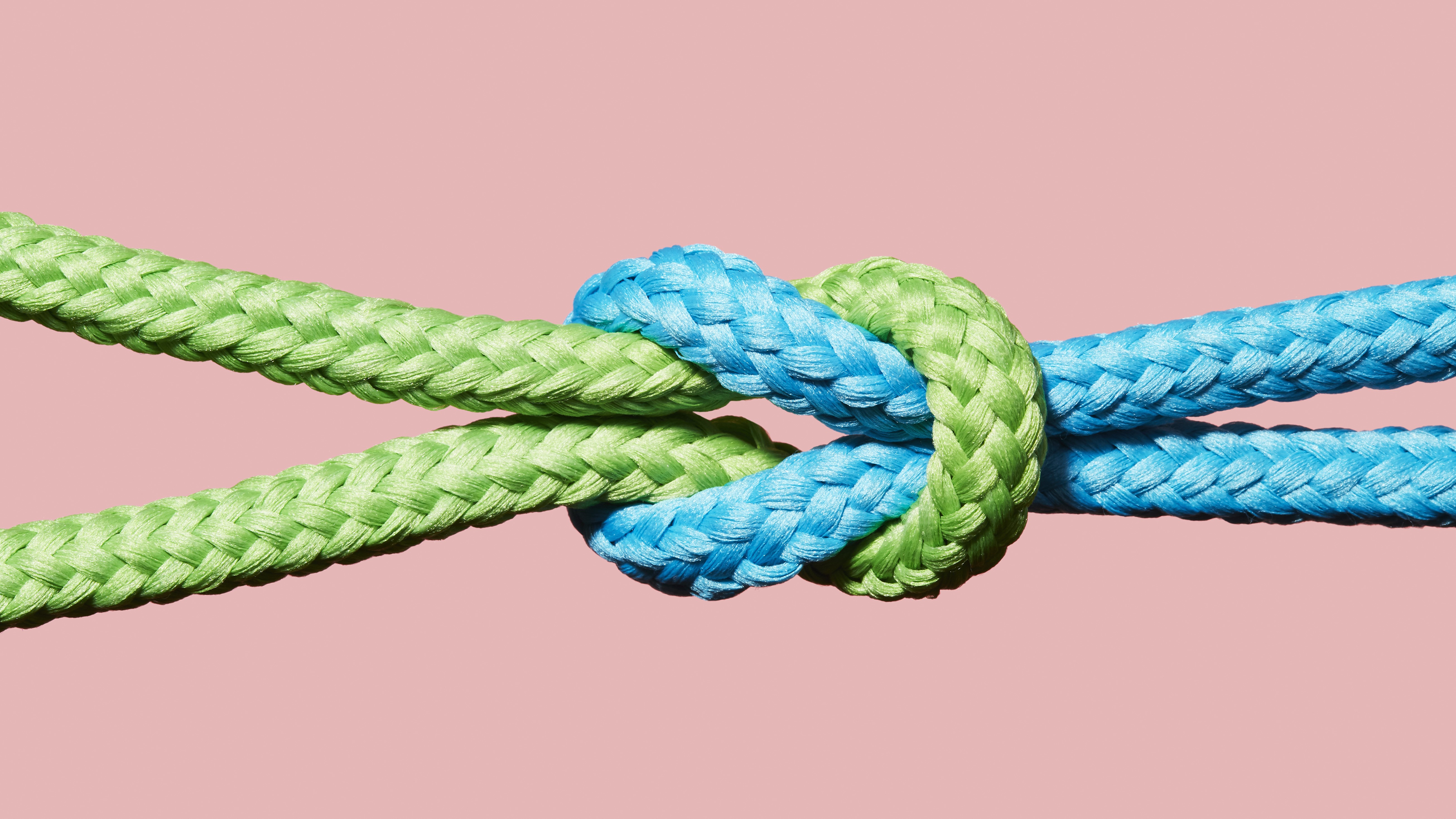
An anxious attachment style is the result of having an unpredictable and critical caregiver. “The roots of this attachment style are based on perceived neglect: the parents did not necessarily actively neglect the child, but the child perceived that his or her needs were not met,” explains Wilkie.
Growing up, people with this attachment style start to prioritize the needs of others while neglecting their own. “They expect that, if they are nice and caring to someone, he or she will like them and take care of them in return. This turns into preoccupation with the needs of others and leads to lack of self-definition and sense of self,” explains Wilkie.
Common attributes of those with anxious upbringing are:
- You lack a strong sense of self and tend to put others first—you take care of others and place more importance on them and their needs, instead of on yourself and your needs.
- You have a hard time being alone—you crave relationships and intimacy and struggle to understand how to be happy alone.
- You have relatively low self-esteem and seek approval and reassurance from
others—you need them to validate your own worth. Therefore, you often crave attention and try to impress people. - When it comes to relationships, you often exhibit clingy and needy behaviors. You seek attention and intimacy and can become too demanding—on the other hand, you're sensitive towards your partner’s needs and preoccupied with taking care of them, which might cause your partner to feel smothered or suffocated by you.
- You fear that you will scare people away—and that they will reject, criticize, or abandon you.
- You can get extremely upset when you receive disapproval in any form—when your partner is unavailable and spends time away from your relationship, you can become jealous, frustrated, and resentful.
- You over-analyze and worry excessively about relationships. At the same time, you easily ignore or misread signs of relational issues.
3. Avoidant attachment
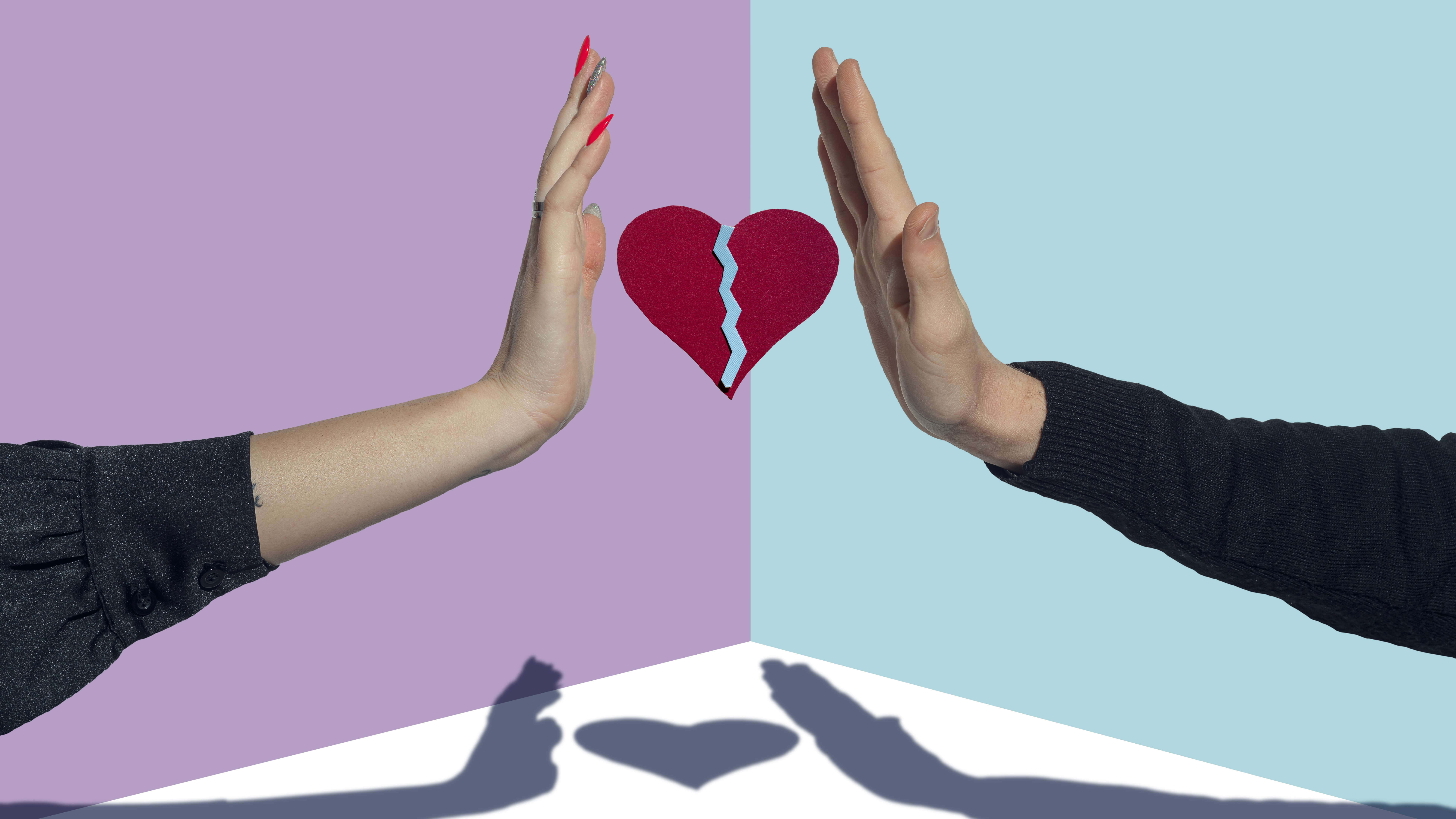
“The roots of avoidant attachment are based on perceived rejection: the parents did not necessarily reject the child actively, but the child’s needs were not met, which was perceived as a form of rejection,” says Wilkie.
“Children with this attachment style grow up to be independent and self-sufficient. They have learned to rely on themselves and not on others. This doesn’t necessarily mean that such individuals do not want to have relationships. It’s just that the dismissive characteristics are getting in the way.”
Common attributes of those with avoidant upbringing are:
- You avoid being emotionally intimate with others—you prefer to stay distant and tend to pull away as soon as someone tries to get close to you.
- You're uncomfortable with opening up to others—and expressing your private thoughts.
- You exhibit dismissive behaviors—you seem distant and aloof and tend to minimize your emotional expressions.
- You see yourself as self-sufficient—at the same time, you might exhibit a false self to the world.
- You find it hard to get close to, trust, and rely on others—you prefer to rely on yourself.
4. Anxious-avoidant attachment

As the name suggests, an anxious-avoidant attachment style is someone who is both anxious and avoidant in their relationships. What this means is, you push people away when they get close, yet you desperately crave intimacy and connection. “This attachment style is based on perceived fear—the child starts to perceive the source of safety (the caregivers) as a source of fear or unpredictability,” says Wilkie.
“Sometimes, parents are tentative. They appear to be frightened by the child and lack confidence in parenting. At other times, parents are scary and frightening. They might be too aggressive or become threatening in a way that over-stimulates the child.”
In more extreme cases, the parents are abusive. “The other strong contributing factor to the development of anxious-avoidant attachment is parents who have highly dissociated themselves—because they have unresolved loss or trauma,” says Wilkie.
Common signs of this attachment style are:
- You show contradictory behaviors in your intimate relationships—sometimes, you're clingy and needy, and at other times dismissive and distant. It’s also possible that you get dissociated and disconnected in relationships.
- You exhibit instability, upheaval, and storminess in your intimate relationships.
- You feel like you don’t have an impact on the world—you often feel ineffective and helpless in life and tend to have poor goal-oriented behavior.
- You want to be in a relationship but have a hard time bonding with, opening up to, and trusting others—you fear that your partner will abandon, reject, or hurt you.
These patterns are likely to continue into adulthood unless there is a significant self-exploration to help people understand their patterns and want to change.
Attachment styles in relationships—how it can impact your romantic life

A lot of confusion can arise in a relationship without an awareness of attachment theory. “Understanding your attachment style can help you to manage difficulties in your relationships. It can also help you to recognize what you really need for a truly successful partnership,” says Dr Mason Roantree. “Whatever your attachment style, effective communication can help you to develop a healthy relationship.”
As Levine and Heller explain in their book, it's important to speak openly and honestly with your partner about your feelings. Expressing your needs and concerns in a loving way will help you to figure out if your partner is right for you, and if they are, help you to maintain a successful relationship.
“For those who have an anxious attachment style, understand that they need reassurance that they're loved and wanted, and a simple remedy should they get distressed,” says Dr Mason Roantree. If you have this attachment style, you can also help to manage the anxiety that arises in your relationship—whether that is fear your partner is pulling away or sitting with discomfort when you're alone—by learning how to breathe better. Breathing exercises such as box breathing can help to calm your mind, reduce stress and anxiety, and release your emotions.
“For those who are avoidant, understand that it can feel overwhelming for them to let go of their sense of independence and need for space, and perhaps need support to trust that it’s OK to open up and share feelings,” adds Dr Mason Roantree.
Attachment style quiz: What attachment style am I?
You don't need to ask a mental health professional to 'diagnose' your attachment style. If you're curious, you can take a test in the form of a self-reported questionnaire. The most widely used measure of attachment is the Experiences in Close Relationships Scale developed by Brennan, Clark and Shaver in 1998, which is now available as an online test.
There's also plenty of books on attachment theory. Dr Mason Roantree recommends, Attached: The New Science of Adult Attachment and How it Can Help You Find—and Keep—Love by Amir Levine and Rachel Heller. Wired for Love by Stan Tatkin and Attachment Theory: A Guide to Strengthening the Relationships in Your Life by Thais Gibson, is also highly recommended.
These will help you to understand your attachment style in more depth and discover how this is contributing to your adult relationships. These books also provide tips on how to improve your relationship with your partner based on your attachment style.
Can our attachment styles change?

“Our attachment models are not set in stone, they can change over time. One person will not necessarily display the same levels of anxiety and avoidance over time or across different relationships,” says Dr Mason Roantree.
So how does this happen? “It essentially comes down to the life experiences and relationships we have in later life. For example, if you have an anxious/avoidant attachment style, being around attachment figures who are consistently supportive and responsive can help you learn secure behaviors.”
One way for this to happen is through going to therapy. This is because, in the relationship between you and your therapist, they act as a secure attachment figure and model behaviors such as those needed in early childhood. For example, they're consistently there each week and they listen, validate, and support you. They can also help you to be assertive and express emotions such as frustration and anger without it destroying the relationship or you fearing that it will.
“The relationship you build with your therapist reflects how you engage in relationships, and as you continue in therapy you learn to tolerate difficult feelings better and how to voice your thoughts and concerns which you might not ordinarily do in a way that gets heard,” adds Dr Mason Roantree. “Most therapy forms will be able to address this, although the relational therapies are probably most effective, such as person-centered therapy, psychodynamic therapy, and third-wave CBT.”
Third wave CBT is a type of holistic therapy that attempts to understand the client as a whole person—focussing on the connection between their body, spirit, and mind. And helping the client feel at peace with themselves and the world. This includes CBT for insomnia, acceptance and commitment therapy (ACT)—commonly used for those experiencing chronic pain and dialectical behavior therapy (DBT)—useful for post-traumatic stress disorder (PTSD) and eating disorders.
w&h thanks Neil Wilkie of The Relationship Paradigm, Dr Madeleine Mason Roantree of The Vida Consultancy, and psychotherapist Audrey Stephenson for their time and expertise.

Rose Goodman is a health writer across print titles and websites including woman&home.
Prior to pursuing her career as a writer, Rose obtained a degree in psychology and went on to work in adult mental health for five years, specifically working with people diagnosed with eating disorders, anxiety, depression and OCD. Mental health and wellbeing is something Rose feels incredibly passionate about and believes normalising the conversation around mental illness is something we should all actively strive to do.
-
 Unforgettable date ideas to make a great first impression or rekindle romance
Unforgettable date ideas to make a great first impression or rekindle romanceForget the same old first date formula - these unforgettable date ideas will leave them thinking about you long after you go home
By Natalie Denton Published
-
 Butter yellow might be the colour of the season, but Amal Clooney is making me want to try sunshine shades
Butter yellow might be the colour of the season, but Amal Clooney is making me want to try sunshine shadesSpark some joy by adding some statement yellow pieces to your wardrobe just in time for summer
By Matilda Stanley Published